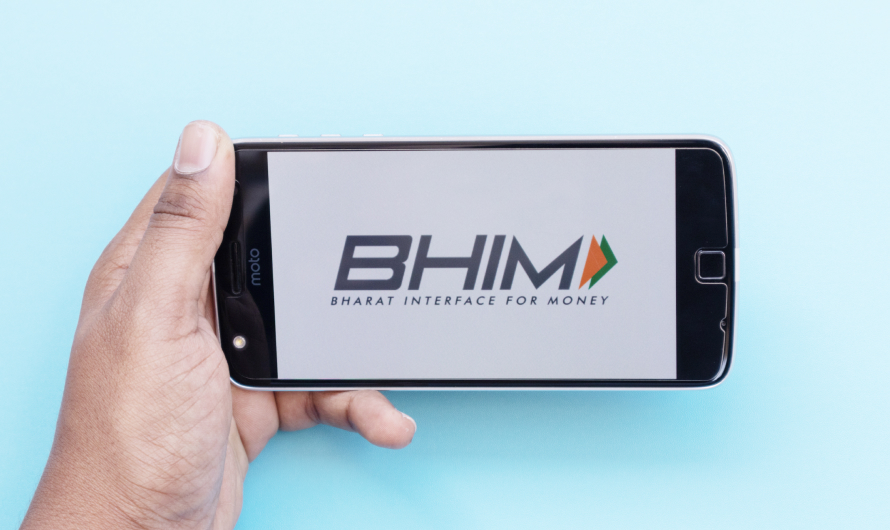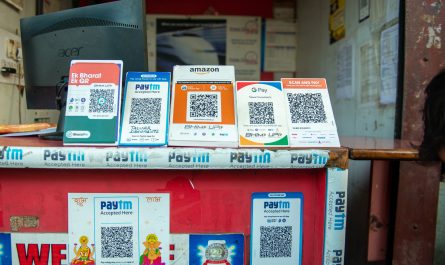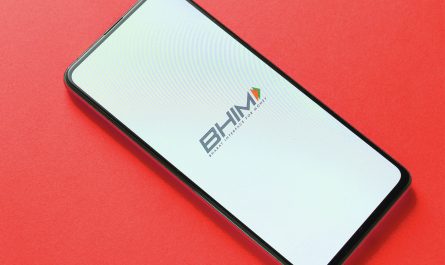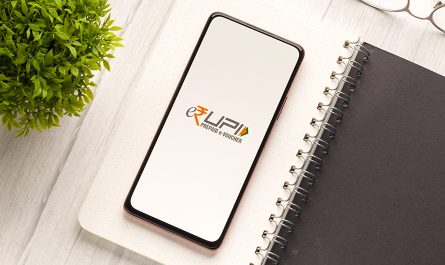In the past few years, digital transactions in India have picked up a lot of traction. Therefore, when you go outside, even just to buy groceries, you can see QR codes in shops and stores, which help customers use payment platforms to pay for the commodities that they purchase.
If you are well aware of digital transactions and platforms that facilitate cashless payments, you may have frequently heard about terms such as BHIM or UPI. While these two terms are often used together and even interchangeably, it is important that you understand that they are not exactly the same.
Read more on this BHIM UPI app explainer blog to get a better idea about these technologies.
What is UPI?
The full form of UPI is Unified Payments Interface. As you can understand from the name itself, it is a single platform which allows multiple payments-based applications to conduct transactions in a simple and efficient manner.
The UPI system has been developed by the National Payments Corporation of India (NPCI).
What is NPCI?
The NPCI is a special division of the Reserve Bank of India, which has been developed to create a digital environment for the Indian citizens where they can make monetary transactions and digital payments in a seamless manner.
NPCI is considered to be the umbrella organisation that looks after all the payment and digital banking infrastructure that currently exist in India. Working as a non-profit company under the Government, it aims to provide the correct ecosystem where more and more Indians shift towards a cashless economy and make digital payment systems the primary mode of transactions all over the country.
Now what is BHIM?
BHIM is one of the applications that works on the underlying UPI technology to facilitate payments or to and from monetary exchanges for its users. The technology belongs to the UPI, but the overall payment software and experience are provided by the UPI.
BHIM has been developed by NPCI as well and is the Government of India’s own answer to the many UPI based payments apps that are available in the market today, such as Google Pay, Paytm, PhonePe and others.
Can I use one UPI app to send money to another?
Since all the payments-based applications in India are running on UPI, you can certainly use one UPI app to pay money to someone else who’s using a different UPI app.
As an example, if you are using the Airtel Thanks app, you can easily send money to someone else using Paytm UPI ID. They only need to have an UPI ID, and it is all that’s needed to make the transaction successful. A BHIM user can receive money from an Airtel Thanks app user in no time. Therefore, the kind of app that you use to send or receive money is of no real concern.
Can these technologies be trusted?
Trust plays a very important role when it comes to online banking systems and payments applications – and rightly so. They have access to your bank account and various other information, so it is understandable that the general consumer can tend to worry.
However, you should know that all the 10 major banks of the country have entered into agreed partnerships with UPI and NPCI, so you can always stay assured that your bank details and other information related to your account are safe and accounted for. A total of 56 banks are supported within the UPI platform, which means a significant chunk of the population can get the advantage of cashless benefits.
As an added benefit, the UPI system is made by the Government, so therefore it enjoys a level of accountability from the Indian Government that few other applications can boast.


 Get App
Get App  Airtel Store
Airtel Store  Login
Login 


